Closing the gap: the potential of Christian Health Associations in expanding access to family planning
Recognizing the health impact of timing and spacing of pregnancies, the Sustainable Development Goals call for increased access to family planning globally. While faith-based organizations in Africa provide a significant proportion of health services, family planning service delivery has been limited. This evaluation sought to assess the effectiveness of implementing a systems approach in strengthening the capacity of Christian Health Associations to provide family planning and increase uptake in their communities. From January 2014 to September 2015, the capacity of three Christian Health Associations in East Africa—Caritas Rwanda, Uganda Catholic Medical Bureau, and Uganda Protestant Medical Bureau—was strengthened in key components of a systems approach to family planning—training, supervision, commodity availability, family planning promotion, data collection, and creating a supportive environment—with the aim of improving access to women with unmet need and harmonizing faith-based service delivery contributions with the national family planning program. Community-based provision of family planning, including fertility awareness methods, was introduced across intervention sites for the first time.
Findings suggest that by strengthening capacity using a systems approach, Christian Health Associations can meaningfully contribute to national and international family planning goals. Increased attention to mainstreaming family planning service delivery across Christian Health Associations is recommended.
FBOs, Lauren VanEnkInstitute for Reproductive Health, Georgetown University, Ronald KasyabaUganda Catholic Medical Bureau, Prince Bosco KananiCaritas Rwanda Catholic Health Services, Tonny TumwesigyeUganda Protestant Medical Bureau, Jeannette CachanInstitute for Reproductive Health, Georgetown University
- Download
- File Size: 1.01 MB
- Visit Site
- journal.cjgh.org
Resource Snapshot
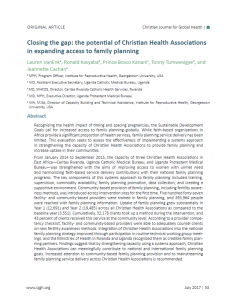
Publisher Christian Journal for Global Health
Year 2017
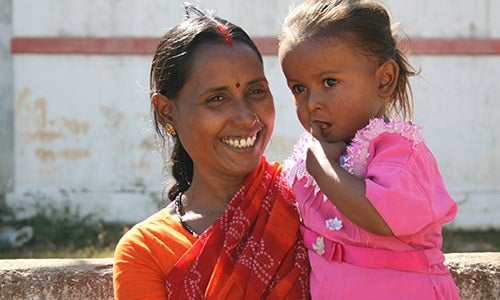 Where We Work
Where We Work 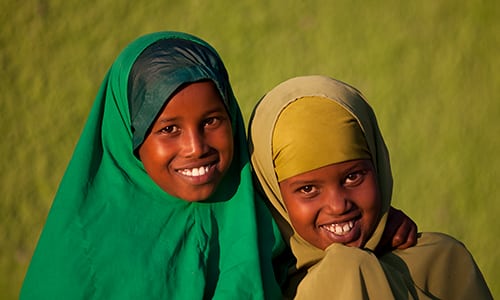 Press Room
Press Room 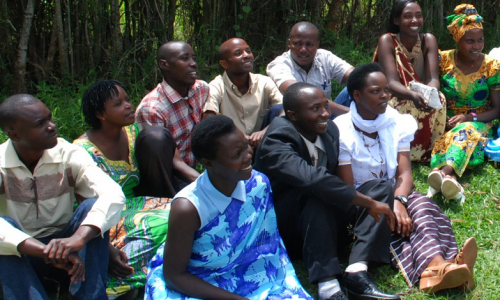 FACT Project
FACT Project  Passages Project
Passages Project 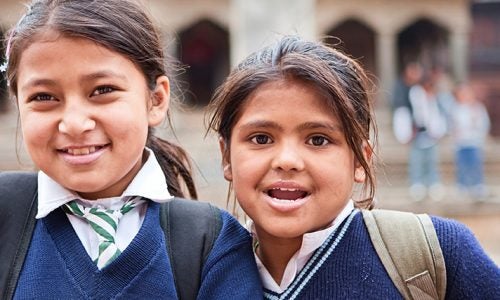 Learning Collaborative
Learning Collaborative 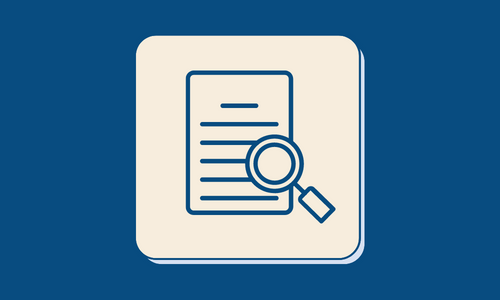 Search All Resources
Search All Resources 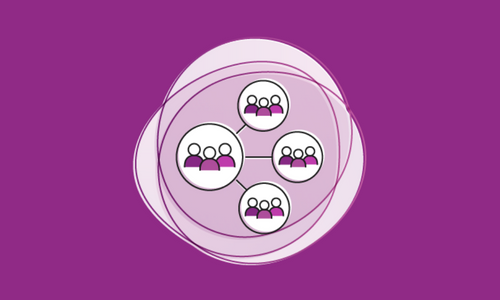 Social Norms
Social Norms 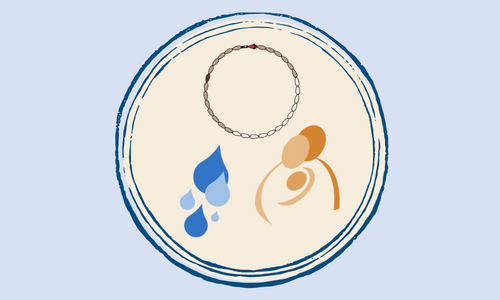 Fertility Awareness Methods
Fertility Awareness Methods